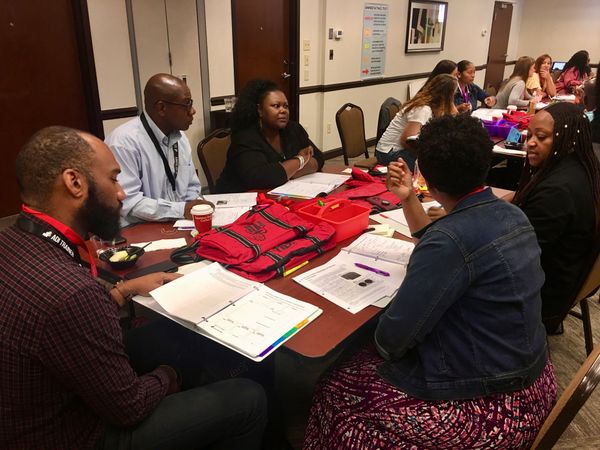Quality instructional materials are the cornerstone of effective science education. They have the power to inspire curiosity, engage students, and foster a deep understanding of scientific concepts. To ensure that science instructional materials for grades 6-12 meet the highest standards, educators can turn to a comprehensive rubric based on recommendations from "Science and Engineering for Grades 6-12: Investigation and Design at the Center." Let's explore this rubric, which evaluates materials on two key indicators critical for delivering a robust science curriculum.
Indicator 1: Lessons that Drive Inquiry and Exploration
Engaging science education should center around the principles of investigation and engineering design. These approaches encourage students to actively explore scientific phenomena, tackle real-world problems, and collaborate with their peers.
1A: Central Approach to Teaching and Learning
- No (0): The materials do not make investigation and design central to teaching and learning.
- Partially (1): The materials partially incorporate investigation and design.
- Meets (2): The materials make an investigation and design the central approach.
Authors aiming to enhance a "No" or "Partially" rating should infuse investigation and design principles throughout the materials, ensuring they become the core of the curriculum.
1B-1C: Sparking Curiosity with Phenomena and Problems
- No (0): Materials lack interesting phenomena or problems.
- Partially (1): Materials incorporate some interesting phenomena or problems.
- Meets (2): Materials effectively use phenomena and problems to spark curiosity.
To elevate a "No" or "Partially" rating, authors should choose captivating phenomena or problems that genuinely pique students' interest and curiosity.
1D-1E: Encouraging Engagement and Collaboration
- No (0): Materials do not provide opportunities for three-dimensional science and engineering engagement or student collaboration.
- Partially (1): Materials offer limited opportunities for engagement and collaboration.
- Meets (2): Materials consistently encourage students to engage and collaborate in three-dimensional science and engineering.
Authors looking to improve a "No" or "Partially" rating should include more activities that promote student interaction, idea sharing, and collaboration within the materials.
Indicator 2: Effective Assessment for Learning
Assessment is a crucial component of any science curriculum. Quality assessments not only gauge student understanding but also provide opportunities for reflection and growth.
2A-2B: Monitoring Thinking and Sense-Making**
- No (0): The materials lack ongoing assessment opportunities and do not promote sense-making.
- Partially (1): Some assessment opportunities are provided, but they do not effectively promote sense-making.
- Meets (2): The materials provide ample opportunities for ongoing assessment and sense-making.
To enhance a "No" or "Partially" rating, authors should integrate more ongoing assessment opportunities that align with sense-making and problem-solving.
2C-2E: Encouraging Idea Sharing, Reflection, and Instructional Adaptation
- No (0): Assessment tasks do not encourage idea-sharing, reflection, or instructional adaptation.
- Partially (1): Assessment tasks provide limited opportunities for these elements.
- Meets (2): Assessment tasks effectively encourage idea-sharing, reflection, and instructional adaptation.
Authors can improve a "No" or "Partially" rating by designing assessments that actively prompt students to share their ideas, reflect on their learning, and help teachers make informed instructional decisions.
This rubric provides a valuable tool for educators to assess and select science instructional materials that align with the principles of investigation, design, and active learning. By adhering to these criteria, educators can ensure that their students are not only exposed to high-quality science education but also develop the critical thinking and problem-solving skills necessary for success in science and engineering.

